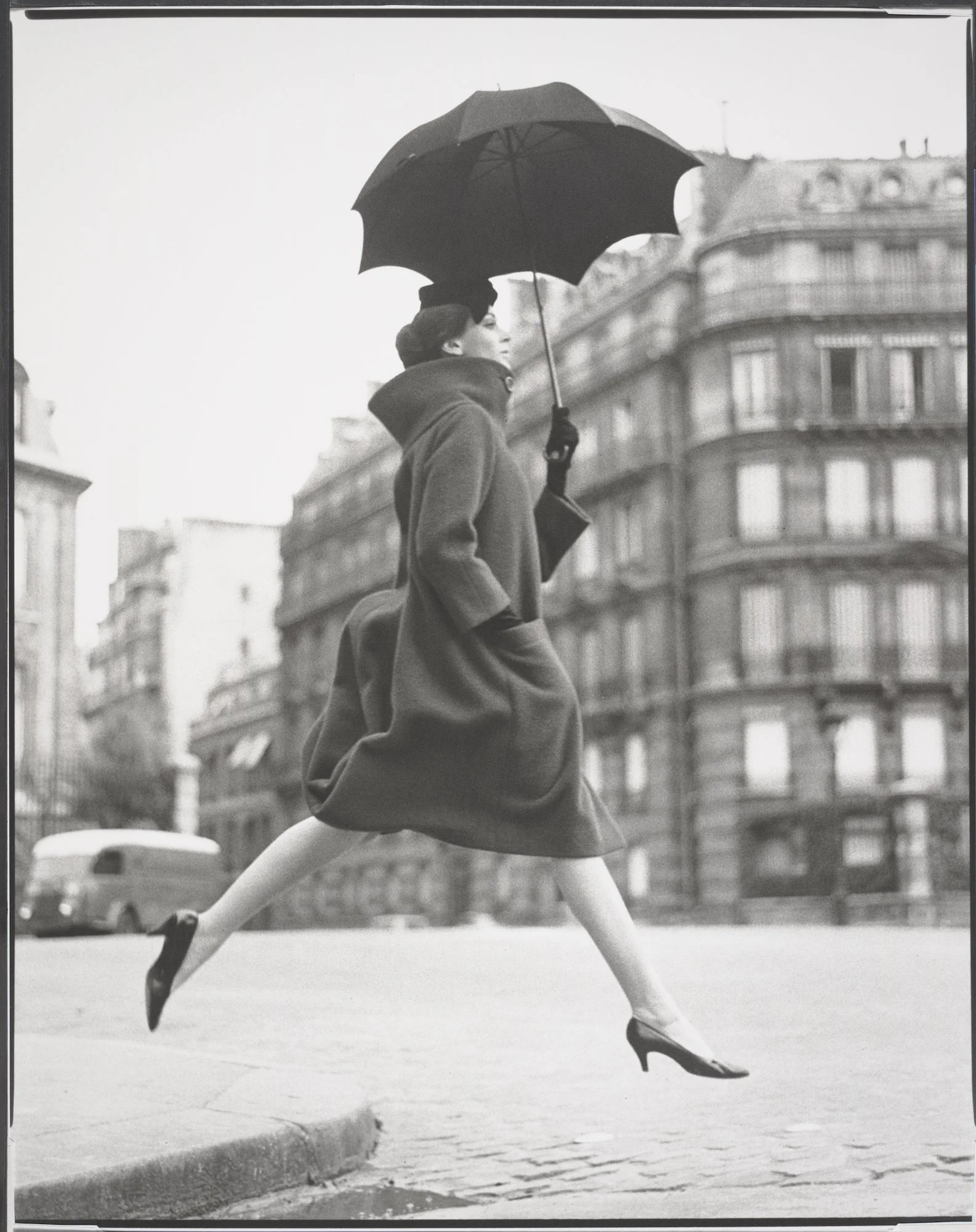Exhibition Review: (re)Framing Conversations | Photographs by Richard Avedon, 1946-1965
Charlie Chaplin
Courtesy Smithsonian’s National Museum of American History.
Photographs by Richard Avedon
Written by Nina Rivera
Edited by Robyn Hager
Photo Edited by Alanna Reid
From his timeless fashion imagery to the artistic waves created within social justice activism, Richard Avedon is a name that needs no introduction. As one of the world’s most prolific editorial and reportage photographers, Avedon’s work brought life to the personal existences of our world’s biggest names and revolutionized the photographic image during the 20th-century for his perspectives on America’s ideologies and societal biases. Upon seeing his photographs, viewers find themselves in the presence of vulnerable movie stars, musicians, models, political activists, authors, allies, enemies, and most of all, normal people. These portraits would iconize America’s history and photography for the rest of time.
Louis Armstrong
Courtesy Smithsonian’s National Museum of American History.
Photographs by Richard Avedon
In an exciting exhibition presented by Smithsonian’s National Museum of American History, “(re)Framing Conversations: Photographs by Richard Avedon, 1946-1965,” 20 specially chosen portraits of Avedon’s are on display for viewers to experience. His subjects include legendary personages including Louis Armstrong, Judy Garland, Malcolm X, and Bob Dylan.
Bob Dylan
Courtesy Smithsonian’s National Museum of American History.
Photographs by Richard Avedon
Avedon’s early photographic career started once he began his service in the U.S. Merchant Marines. His responsibility was making the identification photographs for the other marines out to sea. Over thousands and thousands of photographs, Avedon followed standard ID protocol by using a white backdrop with sterile lighting, as well as shooting head-on with a neutral expression. This straight-forward approach to portraiture noticeably informed the entirety of Avedon’s artistic style and career and is apparent in the images included in the exhibition.
Each photograph is sharply captured in illustrative black and white and framed within black borders from their backing boards. While the borders themselves are rigid and restricting, it’s the last feature of these portraits that brings to mind his prior experience taking formal ID photographs. Their contained box alongside Avedon’s background expose superstars on an existential chopping-block, unguarded in a way that is usually hidden from the public to see. No longer are they larger-than-life figures; instead, they are parents and children, friends or strangers, and the faces of those captured without pomp or circumstance. Under Avedon’s care, portraiture becomes more than just an image of the individual. It becomes a conduit for the spirit and a looking glass. As viewers, we see beyond the physical body and begin to unveil the truths behind their paraded facades.
Malcolm X
Courtesy Smithsonian’s National Museum of American History.
Photographs by Richard Avedon
However, Avedon was not driven to simply take portraits of famous characters. In a post World War II society where Americans were fearful for the state of their futures, Avedon was dedicated to artistically speaking on the movements within civil rights. The exhibition highlights themes of power, or a lack thereof, and isn’t afraid to demonstrate controversial juxtapositions that detail the past and eerily reflect the modern day. His portraits confront racism, sexism, classism, religious discrimination, and how art mediums such as music and writing have impacted American values and lifestyle. Avedon’s work, in itself, demonstrates a timeline of significant histories in America and the characters behind those moments.
Martin Cyril D’Arcy
Courtesy Smithsonian’s National Museum of American History.
Photographs by Richard Avedon
Noted by the Smithsonian Magazine, Shannon Thomas Perich, curator of the Smithsonian’s photographic history collection, said she felt ‘partly guided’ on how to curate the show by the words of American writer James Baldwin: “It doesn’t do any good to blame the people or the time– one is oneself all those people. We are the time.”
This notion is exemplified in the culturally significant subjects chosen for the exhibition and Richard Avedon’s ability to humanize even the most influential figures with the triumph of his photography.
Judy Garland
Courtesy Smithsonian’s National Museum of American History.
Photographs by Richard Avedon
“(re)Framing Conversations: Photographs by Richard Avedon, 1946-1965” is currently on view at the Smithsonian’s National Museum of American History.







